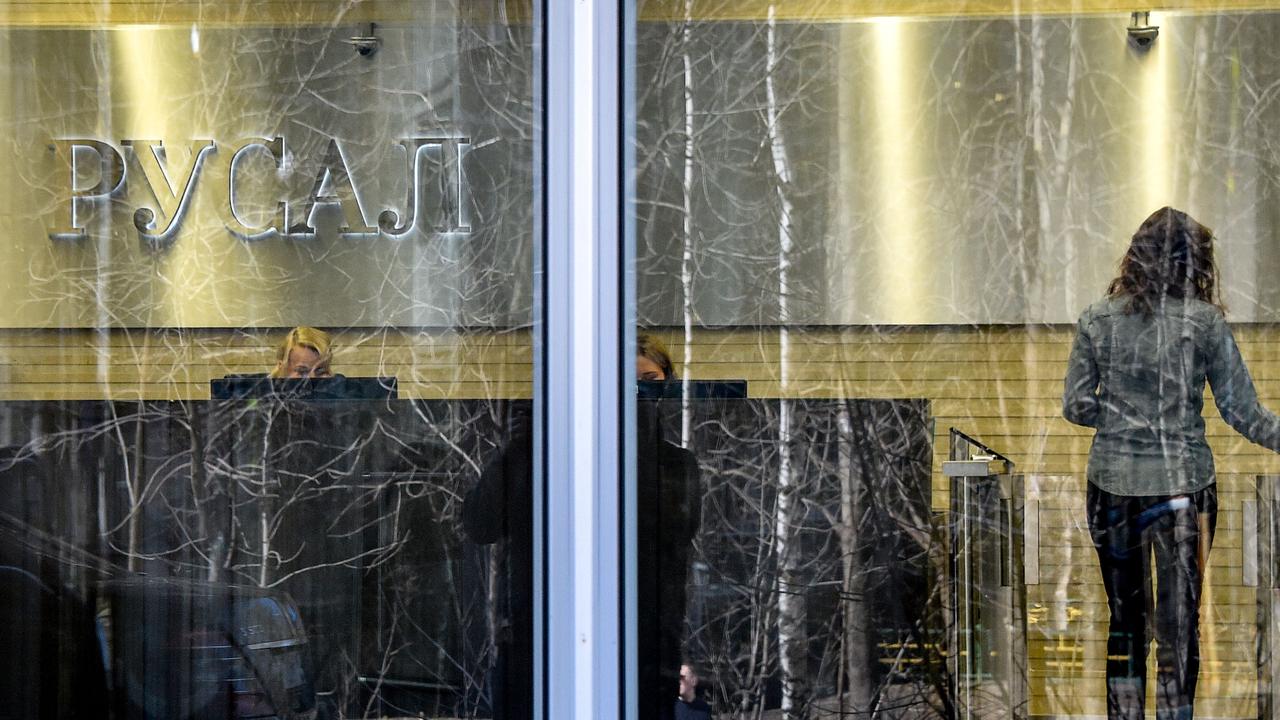The Fed is running out of excuses

While the US Federal Reserve, and the European Central Bank and the Bank of Japan have been prepared to acknowledge that their unconventional monetary policies might be having some modest adverse implications for financial institutions and asset markets, they are far more focused on trying to kindle inflation.
Lowe was happy to inform the House of Representatives economics committee that he and his team weren’t “inflation nutters,” which could imply that he thinks some of his offshore peers might warrant the description.
The RBA, he said, had a more balanced perspective, recognising that some degree of variability in inflation from year to year was both inevitable and appropriate, and that flexibility was the best way to deliver on its other responsibilities, which included employment and preserving financial stability.
It’s that last bit that’s of consequence because -- despite the rising tide of complaints from their banks, insurers and pension funds the Fed -- the ECB and, until this week, the Bank of Japan, have refused to explicitly acknowledge that negative or ultra-low interest rates and flat yield curves damages financial intermediaries, sucking out their profitability and increasing their liabilities.
It also encourages speculation and asset price inflation. When Lowe referred to financial stability, top of his list of potential asset bubbles would be the housing market. He’d be conscious of the likely impact of further rate cuts on an already over-heated housing market. He’d also be aware of the implications for banks and insurers.
From his comments, the RBA’s policy approach incorporates a somewhat broader view of the system and its responsibilities than some of the big central banks offshore.
It’s one more in keeping with the Bank of International Settlements’ repeated and increasingly pointed warning of the dangers of over-reliance on unconventional monetary policies because of their unintended but potentially destabilising and destructive consequences.
While Lowe’s perspective on the RBA role was refreshing, the US Federal Reserve Board’s decision this week to leave US official interest rates where they are at this week’s meeting was predictable and predicted. The “hawks’’ on the Open Market Committee are, however, becoming more strident.
For the first time in nearly two years, three members of the committee formally dissented, confirming the sense that those on the committee wanting to raise rates are becoming impatient.
Equally, however, the “doves” who have dominated the Fed’s decision-making this year also remain intransigent, seeing no case for any increase this year.
There is an unusual element of polarisation emerging within the committee, although it is significant that 10 of the 17 members of the committee do see a 0.25 per cent increase in the federal funds rate by the end of the year.
Whether or not that happens remains an open question. The next meeting, in November, occurs a week ahead of the US presidential election and while the Fed’s chair, Janet Yellen, says that will be a ‘’live’’ meeting no-one believes her.
By December, on its past form, the Fed will be looking for fresh excuses for not raising rates, although it may be significant that the market is now firmly pricing in majority expectations of a December move.
The market reaction to the Fed’s inaction was revealing. Stocks were up, bond yields were down and the Australian dollar spiked. The Yellen “put” remains in place and therefore the incentives for risk-taking that have characterised financial markets in the era of quantitative easing and ultra-low rates also remain.
That era is, it appears, now closer to its end than its post-crisis beginning. Earlier this month the European Central Bank essentially decided to sit on its existing unconventional monetary policies rather than move deeper into unconventional territory.
This week the Bank of Japan may not have admitted defeat for its most unconventional policies, but it decided to finesse them in a fashion that was a tacit confession that, not only were they not having the desired effect, but that they were having some undesirable effects.
The key central banks have been testing the outer limits (excluding “helicopter money”) of monetary policies and, having virtually exhausted their armoury, have not much to show for the years of experimental effort.
The US, which didn’t experiment quite so aggressively, has an economy that is growing, albeit not as strongly as the Fed might have hoped.
Whether the “lower for longer” path for rates — and the economy — that is reflected in the so-called “dot plot” chart of the Open Market Committee’s members forward expectations for US rates is an outcome of the Fed’s own policies or a structural shift in the economy generated by demographics and technological change is an interesting question. Maybe it’s a bit of both.
In any event, while the financial markets don’t want rate rises — ultra-low rates have continually pushed up the value of financial assets — if central banks want to deflate the asset bubbles they themselves have encouraged in a largely unsuccessful effort to stimulate risk-taking and growth in the real economy’s rates, or at least US rates, they will need to lift them to whatever the new normal rate environment might look like.
That could cause some convulsions in financial markets generally and emerging markets specifically.
There’s a lot of US dollar-denominated debt in those markets whose principal and servicing costs would swell if the US dollar appreciated meaningfully, while a tide of “carry trades” predicated on low to negative rates would be reversed if US rates and the dollar rose.
At the start of this year, the Fed foresaw four 25 basis point rate rises through 2016.
They may now deliver one, although that is no certainty, with the outcome of the US election a definite wildcard and one that could provide yet another excuse for the Fed to defer action, even though job numbers and inflation trends in the US provide justifications for a cautious restart of the shift back to more normal rate settings that the Fed started last December — and then stopped.






Our new Reserve Bank Governor, Philip Lowe, has provided a much more balanced explanation of the RBA’s role and its approach to monetary policy than his offshore peers have so far been prepared to offer.